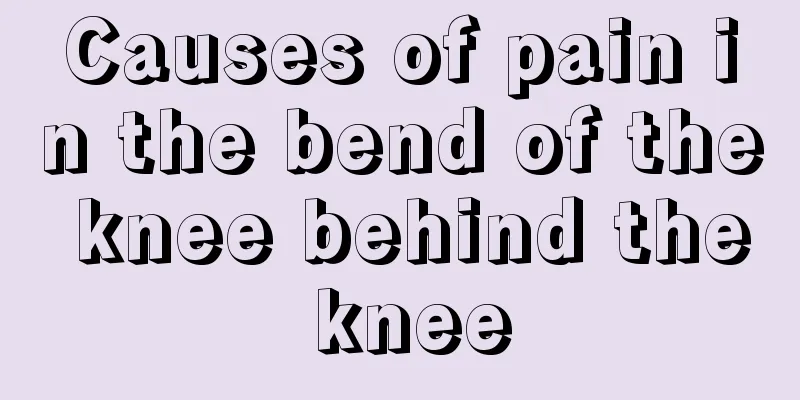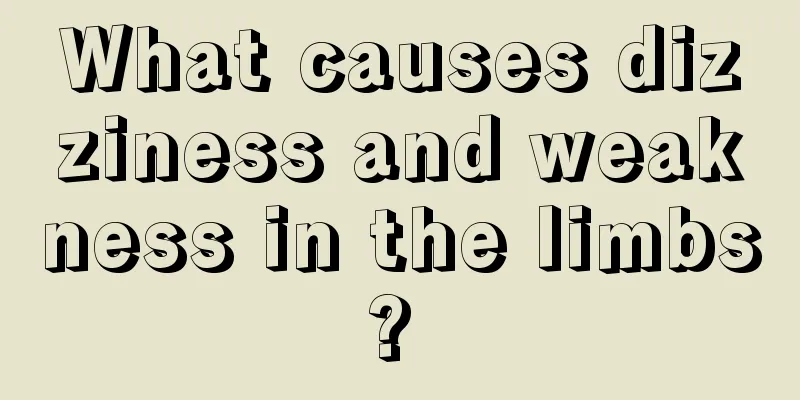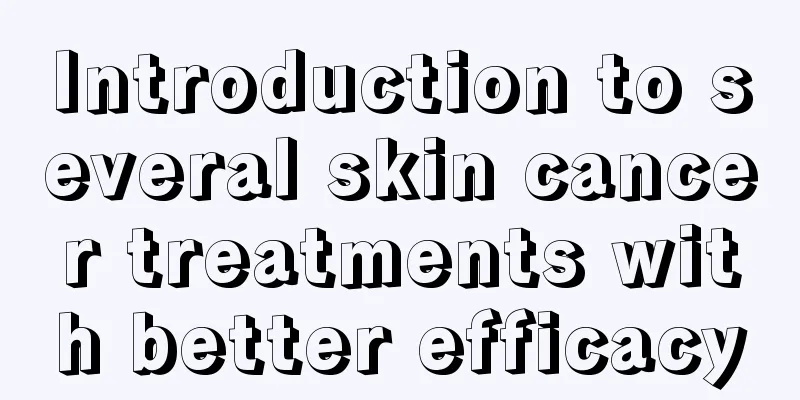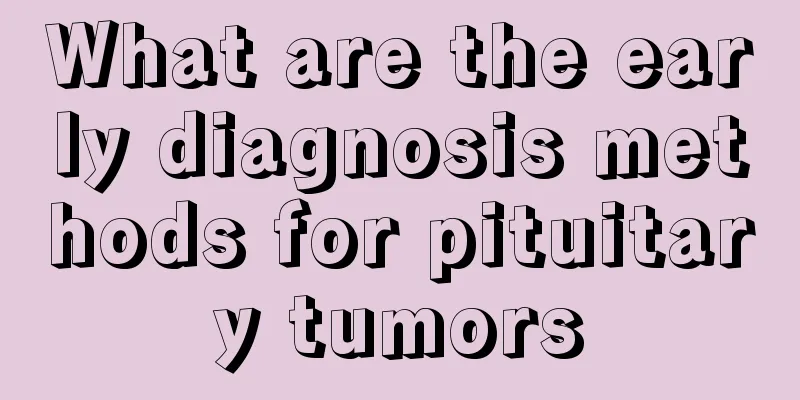Causes of pain in the bend of the knee behind the knee

|
Although there are many means of transportation nowadays, cars, electric cars and bicycles are all available for people to choose, but many people still like to walk, which can protect the environment and exercise the body. Some people don't know what's wrong with them. They often feel pain in the bend of the knee, especially when walking. The pain is very obvious. Let's learn about the reasons for the pain in the bend of the knee. 1. Overview Sometimes when we move or walk, we feel pain in the popliteal fossa behind the knee. It is very painful and we don’t know what to do. I have some solutions here and I will share them with you now. 2. Steps/Methods: First, popliteal pain behind the knee is generally related to neuromuscular lesions, so it would be better to keep warm. If it affects the calf muscle function or walking, or the pain is severe, go to the hospital for medical treatment in time. Second, if you want to relieve the pain in the popliteal fossa behind the knee, you must exercise regularly, correctly and moderately, maintain a normal weight and avoid obesity. Third, popliteal fossa pain behind the knee should prevent excessive fatigue. In the acute phase, you should rest properly, reduce activity, and keep the joint in a functional position. However, in the subacute or remission phase, you can perform joint function exercises and body care to prevent muscle atrophy and joint ankylosis and maintain optimal joint function. 3. Mitigation methods 1. Treatment (1) In the acute phase, knee flexion and extension activities should be controlled to facilitate recovery of the disease. If necessary, use a small splint or plaster to fix it. (2) In the chronic stage, the functional activities of the knee joint should be strengthened, and squatting and standing up exercises should be performed 50 times in a row in the morning and evening. Those who have difficulty squatting should squat as deep as possible while the pain is tolerable, and do repeated squatting and standing up exercises 50 times. Take once in the morning and evening every day. (3) Massage. Ask the patient to lie prone, and after acupressure analgesia at the external opening of the adductor femoris canal (saphenous nerve) and the center of the fossa (tibial nerve) on the affected side, massage, pluck and press the painful points. Then let the patient lie on his back, overlap his palms and place them on the patella of the affected knee and perform vibration and pressure manipulation 20 to 30 times. Finally, hold the ankle of the affected side with both hands and kick forward and upward to stretch the lower limbs 10 to 20 times. (4) Medium frequency treatment or application of Chinese medicine to the affected area can achieve certain results. (5) Warm needle therapy often achieves good results. (6) Local injection of 5 ml of a conventional combination of drugs at the lesion site can often produce significant results. If you choose 2 to 3 of the above methods for comprehensive treatment, the effect will be better. 4. Notes: If you have pain in the popliteal fossa behind the knee, you must keep warm, get more rest, avoid putting too much pressure on your knee, and eat more nutritious food. |
<<: What do you need to supplement if you sweat too much?
>>: What should I do if my muscles hurt after stretching
Recommend
The right eye is blurrier than the left eye
Each of us may experience different vision in our...
What to do with a mild anal fissure and how to treat it
The symptoms of anal fissure can be divided into ...
How to relieve stress? Relax, you should do this
The pace of modern life is getting faster and fas...
What are the specific symptoms of prostate cancer
The clinical manifestations of prostate cancer va...
How to heal herpes on the mouth quickly
Many people are more likely to develop herpes on ...
How to use talcum powder
Talcum powder has a wide range of uses. The most ...
Which foods can cause liver cancer? Eating these foods often may lead to liver cancer
Soy sauce is a liquid condiment made from beans, ...
Causes of dry, peeling, and red skin
Nowadays, there are many reasons that can cause s...
What are the clinical symptoms of lung cancer? Pay attention to these four points
Knowing the clinical symptoms of lung cancer can ...
What are accessory breasts? Is having accessory breasts a precursor to breast cancer?
Many women have accessory breasts, which are slig...
Can I eat longan during my period?
Many delicious foods in life are very tempting, e...
Symptoms and treatment of kidney yin deficiency
From the perspective of traditional Chinese medic...
How to avoid the recurrence of pituitary tumors
For patients with pituitary tumors, the cure rate...
Should patients with liver cancer choose MRI or CT for examination? Complete list of examination methods for diagnosing liver cancer
Ultrasound is a non-invasive examination with no ...
What should patients with osteosarcoma eat more in summer
Summer is a hot and irritable season. Many osteos...









